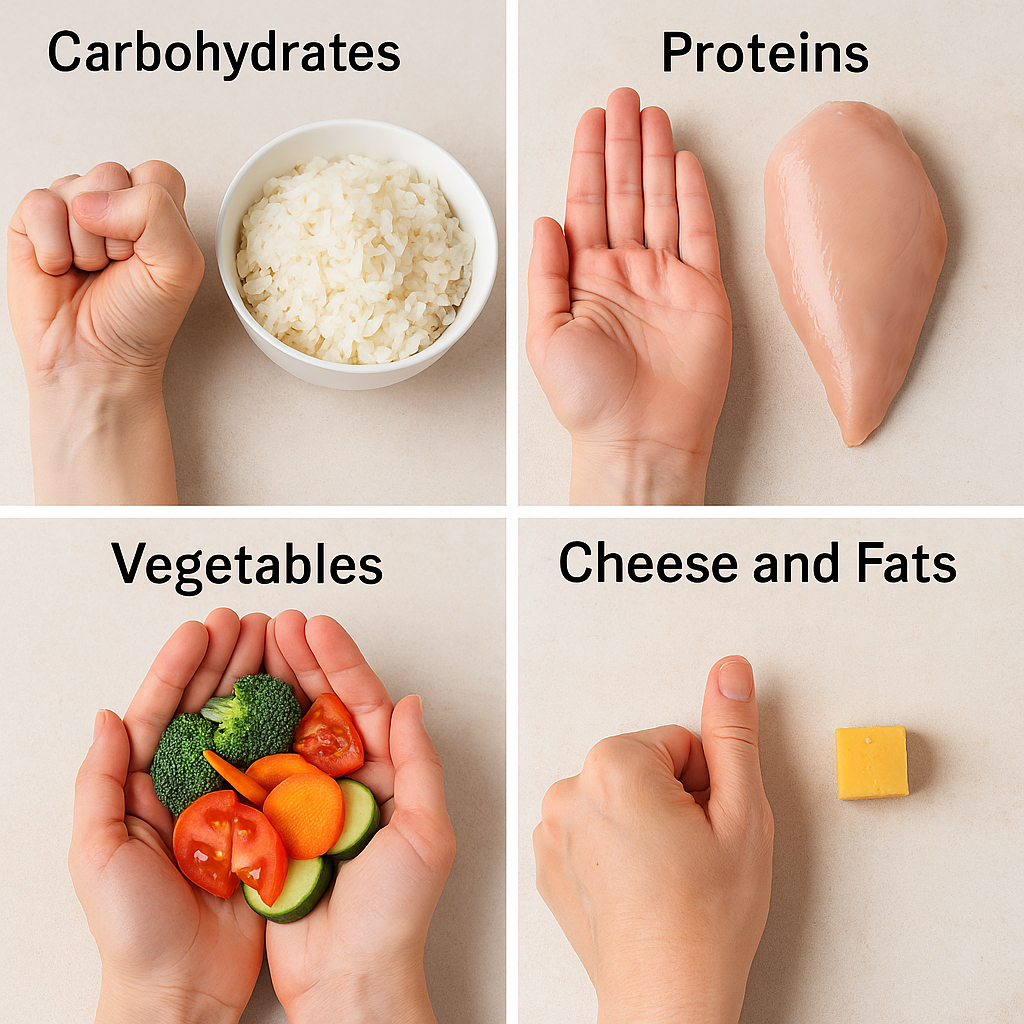When cooking for yourself, one of the biggest challenges is knowing how much to prepare. Too much, and you’re left with excess food that goes uneaten. Too little, and you might still feel hungry. Fortunately, these practical tips for measuring single portions will help you prepare just the right amount—saving time, ingredients, and effort. As a result, you’ll reduce waste and feel more confident in the kitchen.
Why Portion Control Matters for Solo Cooking
- Prevents food waste
- Helps you eat healthier and avoid overeating
- Makes meal prep more efficient
- Keeps your grocery shopping simple and focused
In fact, portion control can transform how you approach solo meals. Rather than guessing, learning to measure accurately gives you structure and flexibility. Therefore, it becomes easier to eat well without overspending or overcooking.
How to Measure Single Portions Without a Scale
You don’t need fancy tools to measure food. Instead, rely on visual cues that are simple to remember and easy to apply. That way, you don’t have to depend on a kitchen scale or measuring cups every time you cook.
1. Carbohydrates
- Rice or pasta: 1/2 cup cooked (about the size of a clenched fist)
- Bread: 1 slice or 1 small wrap
- Potatoes: One small to medium potato
2. Proteins
- Meat, chicken, or fish: 100g or a piece the size of your palm
- Eggs: 2 medium eggs for a meal
- Beans/lentils: 1/2 cup cooked
3. Vegetables
- Aim for 1 to 2 cups of vegetables (raw or cooked)
- That’s roughly two cupped hands full
4. Cheese and Fats
- Cheese: Matchbox-sized cube or 30g
- Oils and spreads: 1 tablespoon (about the size of your thumb)
Moreover, these visual comparisons are easy to remember and can be applied anytime, anywhere.

Storage Tips for Measuring and Managing Single Portions
To stay consistent, consider prepping meals in advance. For example, you can:
- Batch cook and divide into containers right away
- Use divided meal prep containers for automatic portion control
- Label portions for lunch and dinner to avoid double servings
- Use freezer-safe small containers to freeze extra servings for future meals
On the other hand, if you enjoy more flexibility, prepare several base ingredients and assemble meals throughout the week. This method keeps things fresh without creating extra work.
Where to buy: Great portion-friendly containers and kitchen tools are available at IKEA, ideal for solo cooking and efficient meal organization.
Want More Smart Cooking Tips?
Check out our guide on How to Store Ingredients to Avoid Waste. By learning how to store properly, you extend the shelf life of your groceries and reduce spoilage. That way, your kitchen stays cleaner and more organized.

[…] you’re not sure how much to cook for one, we’ve got you covered. Visit our guide:Tips for Measuring Single Portions — perfect for avoiding leftovers or wasted […]